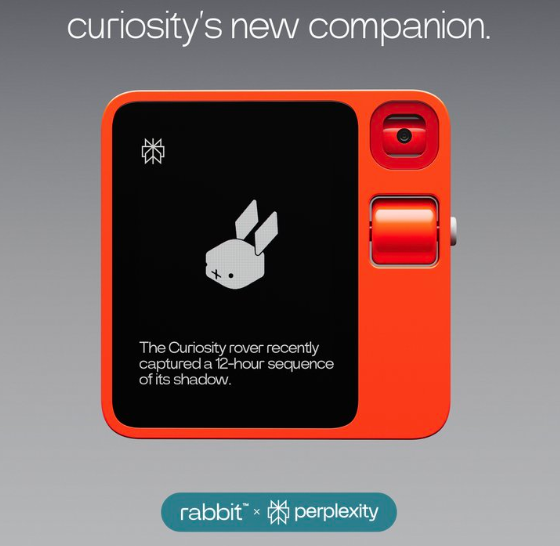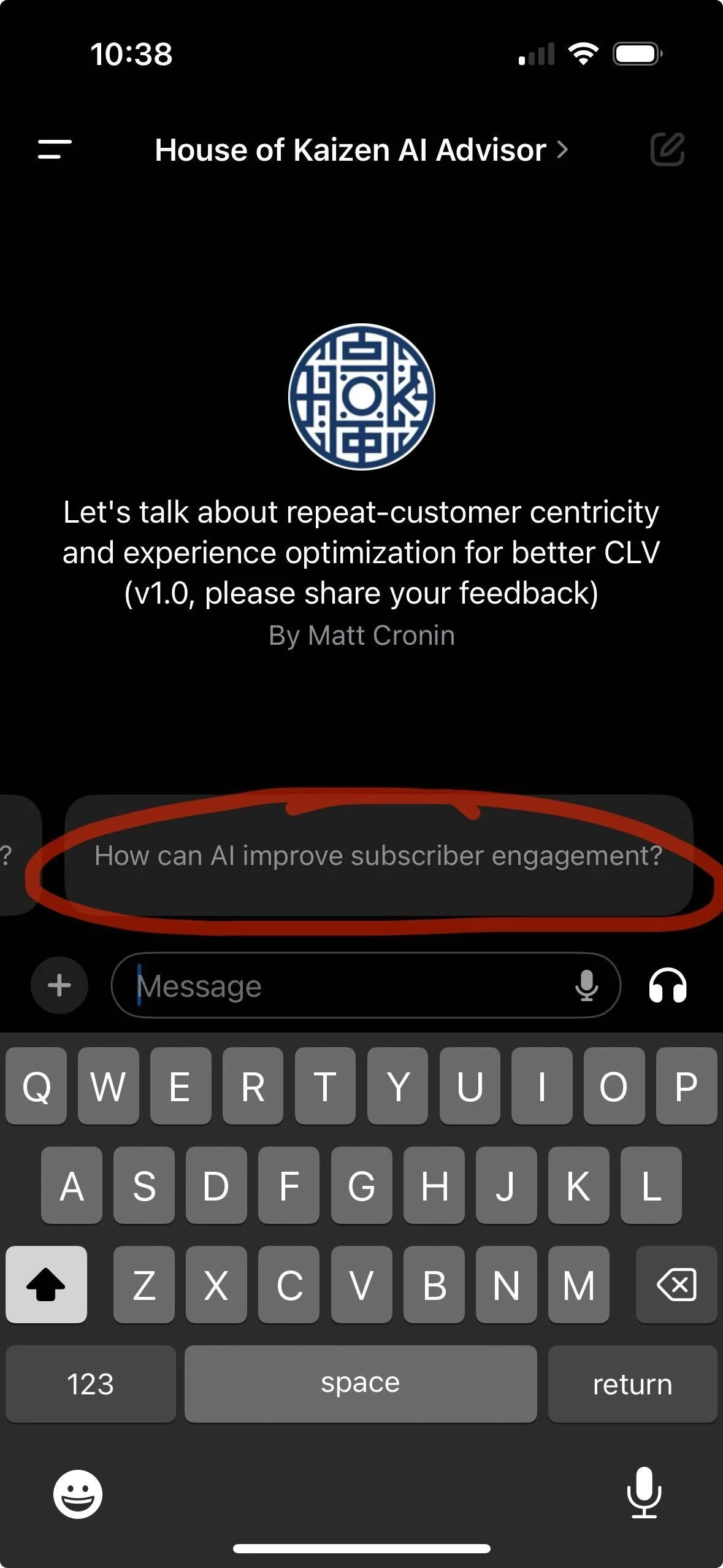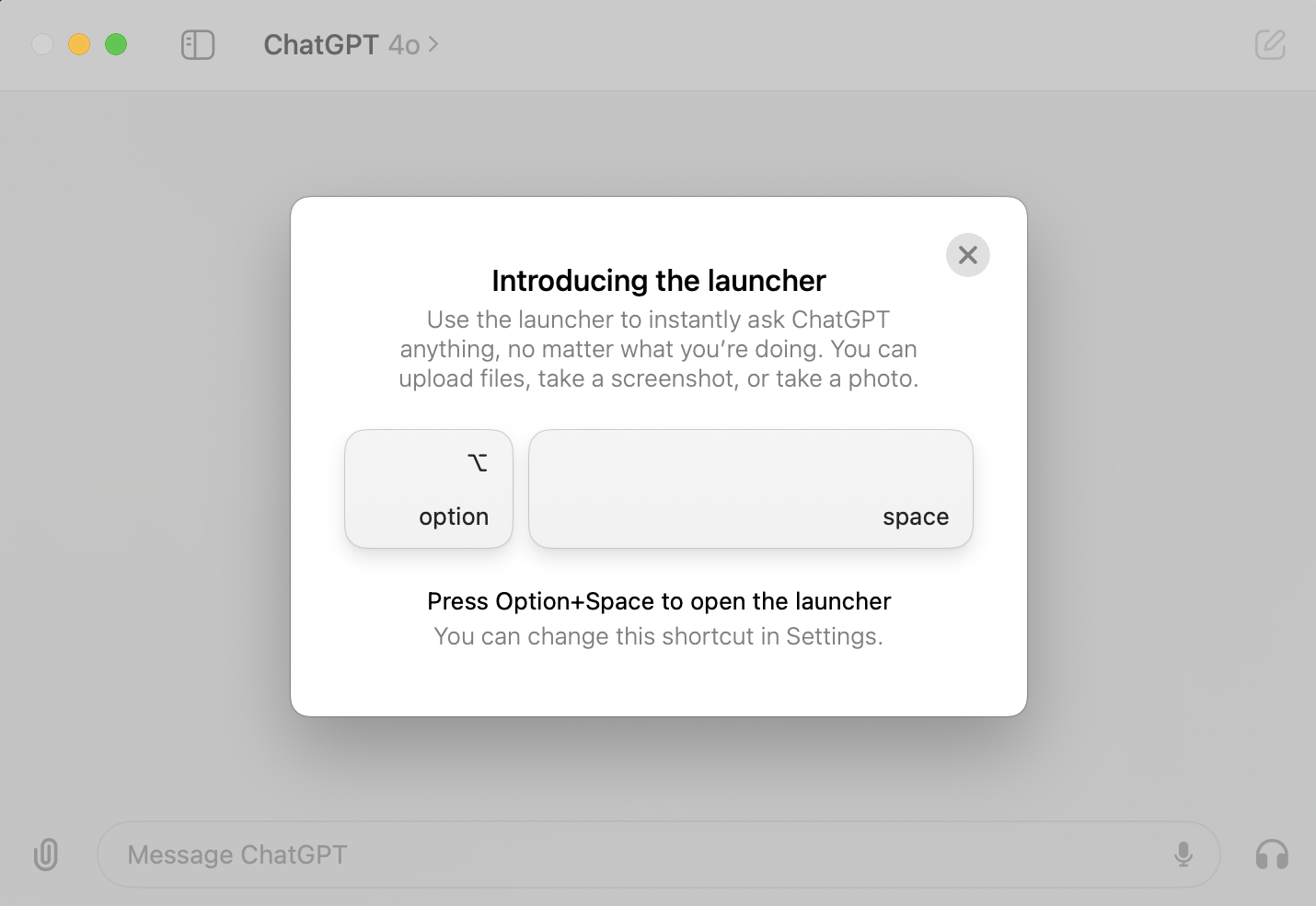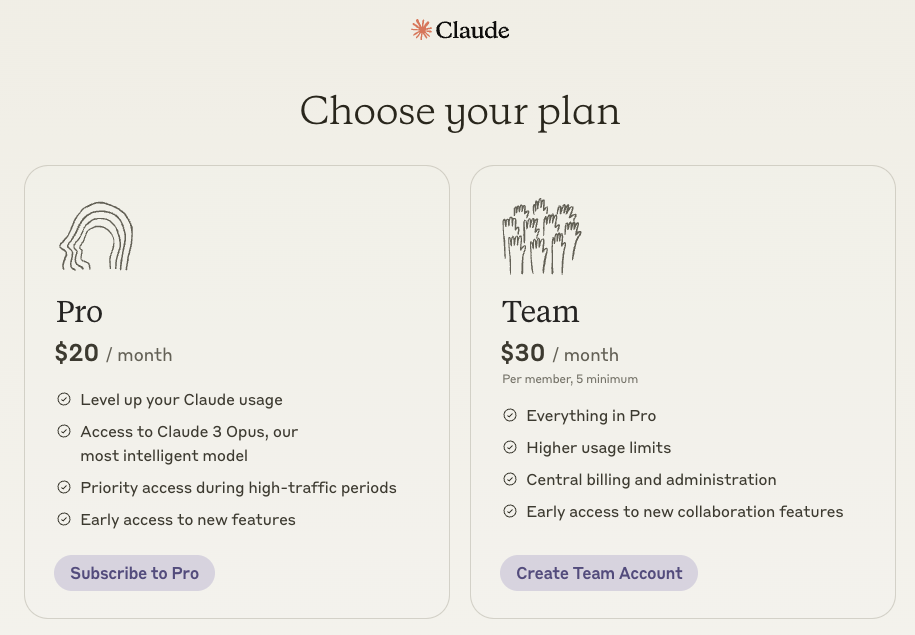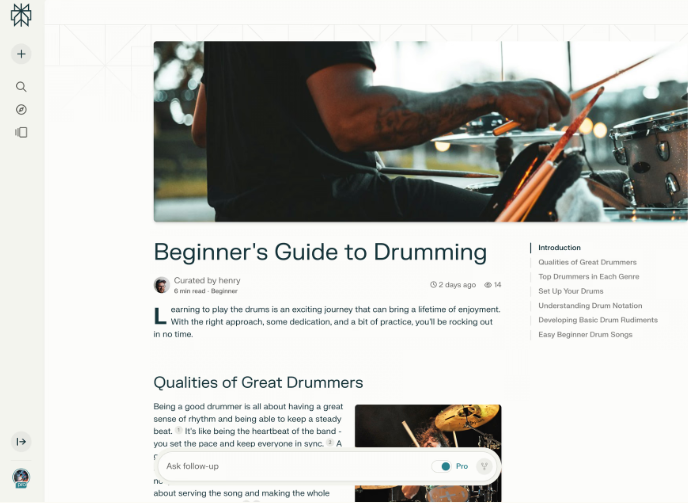
Ask Skift AI Insights & Opportunites
Learnings From The First Audience-AI Interface in Media
Understanding AI Interfaces, Audience-First
“We are using AI to build the next, deeper phase of our relationship with you.”
- Rafat Ali, CEO May 10, 2023For the past year, Skift has provided its audience the first-of-its-kind AI interface as an experiment in creating more value. Built from scratch, and trained on the totality of current and past Skift.com content. This includes daily stories, research and trend reports, specialized products – Airline Weekly, Daily Lodging Report, and Skift Meetings – and all the U.S. public travel companies’ financial SEC annual and quarterly reports.
Thousands of queries and AI generated insights later, Skift and House of Kaizen have collaborated to understand how Ask Skift has contributed to the audience experience.
Awareness
Engagement
Value
Developing Educated Hypotheses
Being the first to the market with a generative AI interface for a media product means that learnings come from a small set of early adopters. And in the rapidly advancing market, people’s understanding and expectations of AI’s capabilities are constantly in flux. Any method of CX research is merely a snapshot in time to be taken as directional insight rather than law.
Amidst this moving target of product-market fit, we aimed to determine whether Ask Skift contributed to the product experience in such a way that it compliments the perception of value to prospective and current Skift subscribers. For those that chose to engage with the tool, we wanted to know how it might affect key metrics that drive value in publishing, such as engagement and willingness to pay.
The research was conducted during Q2 of 2024, about one year after the Ask Skift interface was launched and shortly after OpenAI had made custom GPTs more widely accessible. Exploration around the potential of AI in media and publishing largely focused on content production, but little was being intentionally understood about the user interface.
Skift.com audience members were recruited to a survey based upon their awareness of the Ask Skift feature. From there we sought to understand the value of their experiences with it. Survey responses were limited and as such, the findings here are considered educated hypotheses for further experimentation.
“It’s great to see Skift’s leadership on the audience experience with AI as a move towards a more engaging and valuable relationship.”
- Peter Figueredo, HoKAwareness Insights
As is the case for every significant innovation, enthusiasm for providing the audience a Generative AI interface preceded the demand. In the context of all the AI innovation we’ve seen this year, it’s hard for any one product to stand out to the casual observer.
Interestingly, with Ask Skift even at this early stage, we see very strong signals of the product’s potential.
44% overall awareness of Ask Skift
Slightly higher awareness from paying subscribers vs non-paying site registrants
Awareness leads to considerations for use
Many more than half of those surveyed were not aware of the tool's existence or its full capabilities, and some expressed a desire for more guidance on how to use it effectively.
Some expressed a preference for alternative information sources, defaulting to other tools such as direct searches on Skift.com, other AI platforms like ChatGPT.
Some perceived limitations in functionality, expressing concerns about the tool's accuracy, and its stage of AI development.
“Relatively high awareness of new products is a bright green light for optimization and growth.”
- Jason Clampet, Skift Chief Product Officer & Co-Founder Awareness Opportunities
Inspiration from others, experiments to consider
Product Demo
A product demo for Ask Skift could be highly effective tactic to create awareness and drive adoption. Like this Figure 1 video, demonstrating the product in action allows people to see how AI acts, helping them understand how it can enhance their personal experience.
Ask Skift is a not less abstract and more accessible than a dishwashing robot, so here’s why a product demo could be beneficial and some ideas on how to execute it effectively:
Clarity and Transparency: Demos help clarify exactly what Ask Skift does, showcasing its features in a practical context. This transparency can build trust with users.
Engagement Boost: Interactive demos can engage audiences more deeply than static ads or descriptions. Engaged audiences are more likely to try the product and share their experiences with others.
Problem-Solving Showcase: Demonstrating how Ask Skift solves specific problems or enhances the reader experience can directly address the needs and concerns of your audience.
Social Proof
Social proof is a powerful psychological phenomenon where people assume the actions of others in an attempt to reflect accepted behavior for a given situation. Influencers such as Conner Grennan lead by example with their use of, and reactions to, AI innovations.
Leveraging social proof can significantly enhance the effectiveness of marketing efforts for Ask Skift by building trust and credibility. Here are several strategies to use social proof to create awareness and drive adoption:
Showcase User Experiences: Share quotes, testimonials, and case studies from audience members who have benefited from using Ask Skift. Highlight specific scenarios where Ask Skift provided valuable insights or solved complex travel planning issues.
Expert Approval: Get endorsements from travel industry experts or tech professionals who can attest to the technical prowess and utility of Ask Skift.
Host AMA (Ask Me Anything) Sessions: Conduct AMA sessions like those done on Reddit, which can help in addressing potential users' questions directly and adding a layer of transparency.
Partner Distribution
Distributing Ask Skift on partner platforms can be a strategic move to expand its reach and visibility. This approach, adopted similarly by Perplexity and Rabbit R1, leverages the networks and audiences of these partners to introduce the product to a broader or different segment of audience members who may benefit from its capabilities.
Here are some considerations and steps to effectively implement this tactic:
Widget or Embedded Tool: Ask Skift could be integrated as a widget or an embedded tool on partner websites, allowing audiences to interact with it directly from the partner's page.
Seamless User Experience: Integration should be smooth and intuitive, not disrupting the audience experience on the partner site. The interface should be clearly branded as Ask Skift but designed to fit naturally within the partner's website aesthetics.
Co-Marketing Efforts: Develop joint marketing campaigns with partners to promote the availability of Ask Skift on their platforms. This might include social media announcements, joint press releases, and email marketing to both audiences.
Engagement Insights
For those who use Ask Skift, the experience proves valuable, with room to grow:
22% said it increased the frequency of their visits to skift.com, with the remainder reporting that it had no affect
78% find Ask Skift valuable within their overall experience on the site
Respondents value the tool for its efficiency in research and quick access to industry info, yet express concerns about accuracy and depth, and have mixed views on its innovation compared to other AI tools
“It didn't blow my mind, but also didn't leave me frustrated.”
- Skift Member“Very useful tool to consolidate research! Cut down on a lot of sifting through various articles”
- Skift MemberEngagement Opportunities
Inspiration from others, experiments to consider
Starter Queries
Starter queries are a great strategy to encourage engagement with Ask Skift. While most AI interfaces use starter queries to get things rolling, updated and popular queries like this HoK example, perform better.
Starter queries can guide audience members on how to interact with the tool, providing them with immediate value and demonstrating the utility of Ask Skift in a straightforward and accessible manner. Starter Queries excel at:
Relevance: Create starter queries that are relevant to the interests and needs of your target audience. These should cover common travel-related questions or scenarios that Ask Skift can address effectively.
Variety: Offer a range of queries to showcase the versatility of Ask Skift. Include different types of travel industry perspectives, such as destinations, airlines, hotels, group travel, events and more.
Onboarding
Improving the onboarding process for Ask Skift is crucial for enhancing audience engagement. This ChatGPT Launcher update is an example of a functional onboarding for existing users, to better understand a new feature.
A well-designed onboarding experience can significantly increase the likelihood that audience members will understand, adopt, and continually use the tool. Here are key strategies to create an effective onboarding process that promotes sustained engagement:
Ease of Entry: Make the initial setup as simple as possible. Minimize the number of steps required to start using Ask Skift. For instance, reduce the need for extensive form filling or mandatory tutorials.
Immediate Value: Ensure that audience members receive value from Ask Skift as soon as they begin using it. This could involve showcasing the benefits of the tool with pre-set results or example queries that immediately demonstrate its utility.
Interactive Tutorials: Offer optional interactive tutorials that guide audience members through the basic and advanced features of Ask Skift. Use these tutorials to demonstrate how to input queries, interpret results, and utilize features effectively.
Tool Tips and Help Prompts: Incorporate tooltips, help prompts, and pop-up guides that appear during the initial usage phase to provide information about functionalities as users first encounter them.
User Preferences: Allow audience members to set preferences during the onboarding process to hone the content they’re going to see and engage with.
Supplemental Content
Supplemental content suggested by AI as in this Linkedin example, expands on what a reader is currently engaging with, and can significantly improve audience engagement by providing a richer, more immersive experience. Here’s how integrating this type of content can be beneficial:
Enhanced Audience Experience: Providing related stories or content makes the user's experience more comprehensive. It caters to the natural curiosity of audiences by offering them deeper dives into topics of interest.
Increased Time on Site: By offering additional, relevant content, audiences are likely to spend more time on the platform. This increased engagement can translate into better audience retention and loyalty.
Improved Contextual Understanding: Supplemental content can help audiences gain a broader understanding of a topic, providing various perspectives or related information that enriches their knowledge.
Boosted Content Discovery: Showcasing related content helps expose audiences to a wider array of articles or features they might not have otherwise found, enhancing content discoverability.
Value Insights
Sustainable media businesses are increasingly relying on strategies to build products that people are willing to pay for. It can be a challenge when content is widely available for free, but with intention effort to create a uniquely better experience, more value can be had.
81% found it adds some value to the Skift subscription
40% said that they would consider paying more for access to Ask Skift
“We see the seeds of opportunity to add more value to the Skift relationship”
- Rafat Ali, Skift CEOValue Opportunities
Inspiration from others, experiments to consider
Products People Will Pay For
Tiered subscription models and offering Ask Skift as an add-on service can be highly effective strategies for monetizing the value it adds to the Skift subscription. This Claude from Anthropic example is common in the current landscape.
Here’s a deeper dive into various pricing each strategies can be developed and executed:
Tiered Subscription Models: Consider introducing tiered subscription models where access to Ask Skift is included in higher-tier plans. This could appeal to users who see the additional value and are willing to pay more for premium features.
Add-On Service: Offer Ask Skift as an optional add-on to the existing subscription. This allows users to choose whether they want to pay extra for the enhanced capabilities, providing flexibility and potential revenue growth.
Unique Features: Continue to develop unique features for Ask Skift that differentiate it from free content and other AI tools. This could include exclusive insights, advanced analytics, or personalized services that are not available elsewhere.
User Experience: Focus on creating a seamless, intuitive user experience that enhances the perceived value. This includes improving the interface, adding helpful tutorials, and ensuring reliable performance.
Superformats
Combining human reporters with AI through superformats can significantly enhance the value provided to audience members. Superformats, like the new Perplexity Pages, leverage the strengths of both human insight and AI efficiency to create a richer, more engaging, and informative experience.
Here’s how Ask Skift can use this approach to increase value for its audience:
Audience Segmentation: Analyze user behavior such as reading habits, content interactions, and browsing patterns, to create detailed user profiles. This enables precise content recommendations tailored to individual preferences, ensuring each user receives the most relevant and engaging content.
Interactive Experiences: Power interactive elements such as chatbots, quizzes, and personalized newsletters that engage users based on their interests. These tools provide instant support, personalized information, and a more dynamic user experience.
Data-Driven Insights: Sift through large datasets to uncover patterns, anomalies, and trends that form the basis of investigative reports. For example, AI might identify a surge in travel bookings to a specific destination, prompting a human reporter to investigate and explain the reasons behind the trend.
Data Visualization: Create dynamic data visualizations that make complex information more accessible and engaging. For instance, an interactive map showing travel restrictions and vaccination rates can be accompanied by a reporter’s commentary on how these factors affect global travel.
Automated Fact Checking: Quickly cross-reference information with reliable databases to verify facts and figures in real-time. For example, AI can verify statements made in a travel industry report, while reporters ensure the context and interpretation are accurate.
Events with AI
Incorporating Ask Skift into the live conference experience can significantly enhance the value provided to attendees, creating a more interactive, personalized, and engaging event. Skift is already experimenting with AI event planning assistance, is the attendee experience next?
Here are several ways to integrate Ask Skift into live conferences:
Customized Agendas: Use Ask Skift to analyze attendee preferences and recommend personalized conference agendas. This can include suggested sessions, workshops, and networking events tailored to individual interests.
Pre-Event Briefings: Offer exclusive access to pre-conference materials such as industry reports, speaker interviews, and session previews. This content can be curated based on attendee profiles and preferences.
Real-Time Q&A and Polls: Use Ask Skift’s AI capabilities to facilitate real-time Q&A sessions, polls, and surveys during conference sessions. Attendees can submit questions, vote in polls, and provide feedback instantly.
Live Session Coverage: Provide live coverage of sessions, including real-time summaries, highlights, and key takeaways. This can be particularly useful for attendees who cannot attend all sessions.
Matchmaking Services: Use Ask Skift to facilitate networking by matching attendees with similar interests or complementary business needs. AI can suggest potential connections and arrange meetings.
Themed Discussion Groups: Create interactive discussion forums on specific themes or topics of interest, moderated by Ask Skift. This allows attendees to engage in meaningful conversations and share insights.
Personalized Follow-Up Content: Send personalized follow-up emails with curated content based on sessions attended and interests expressed during the conference. This can include additional readings, reports, and resources.
AI for better engeagement
The House of Kaizen Growth Framework includes a perspective on AI interfaces to enhance repeat-customer experience. AI can significantly impact the customer journey by providing personalized experiences, predicting customer needs, and automating responses. It’s a new and powerful tool for driving customer engagement and loyalty, ultimately leading to more sustainable growth.
Reach out to learn more.
There’s lots more detail to share about the research methods, the findings and the opportunities highlighted. Fill out the form below to go deeper.






